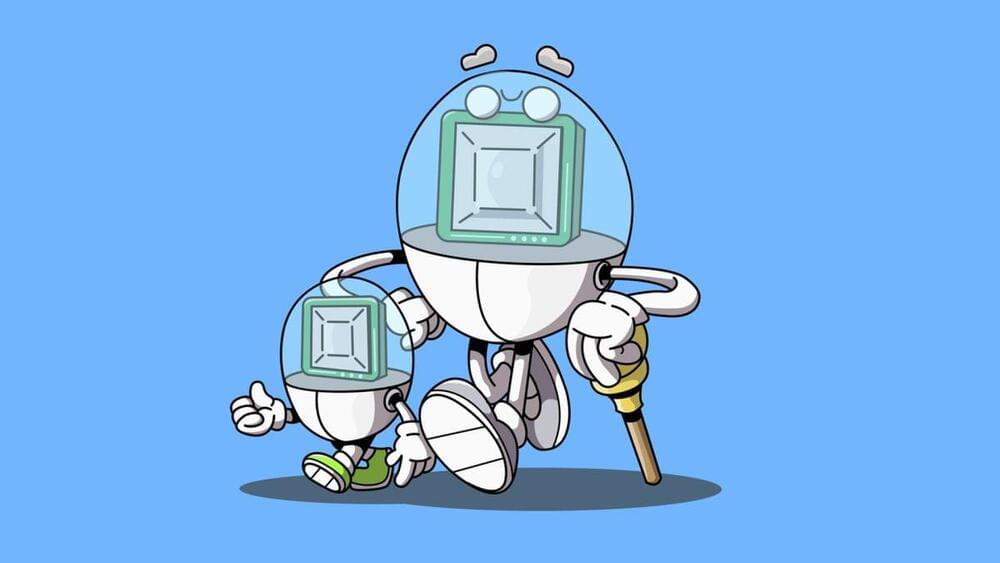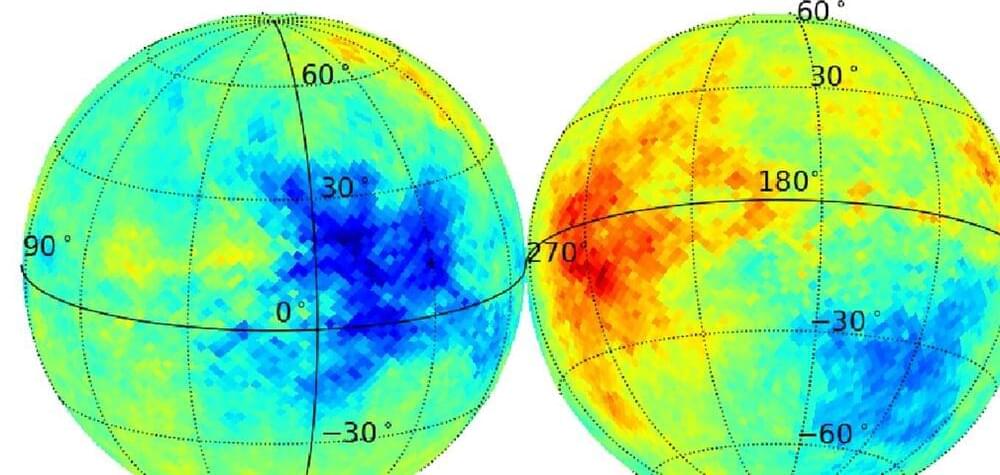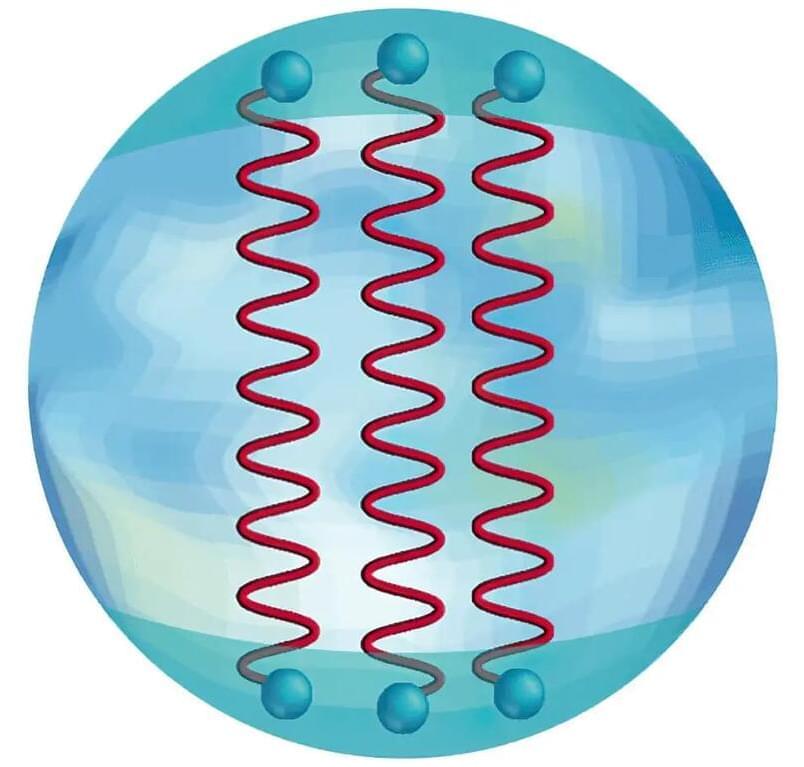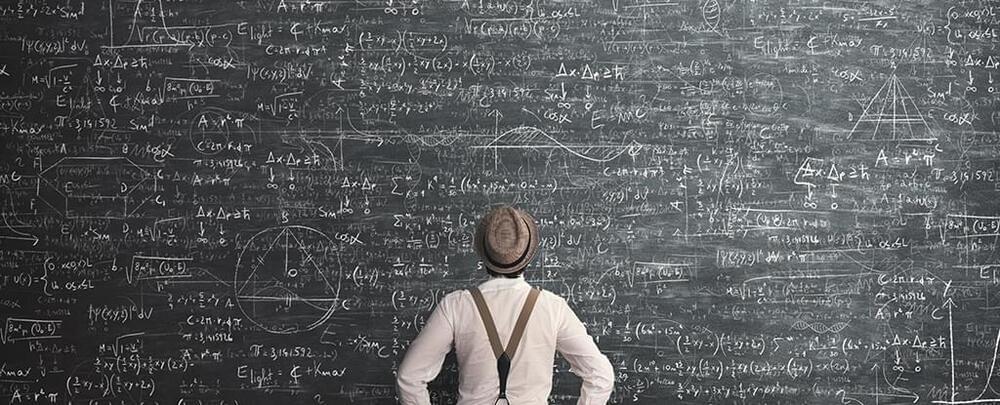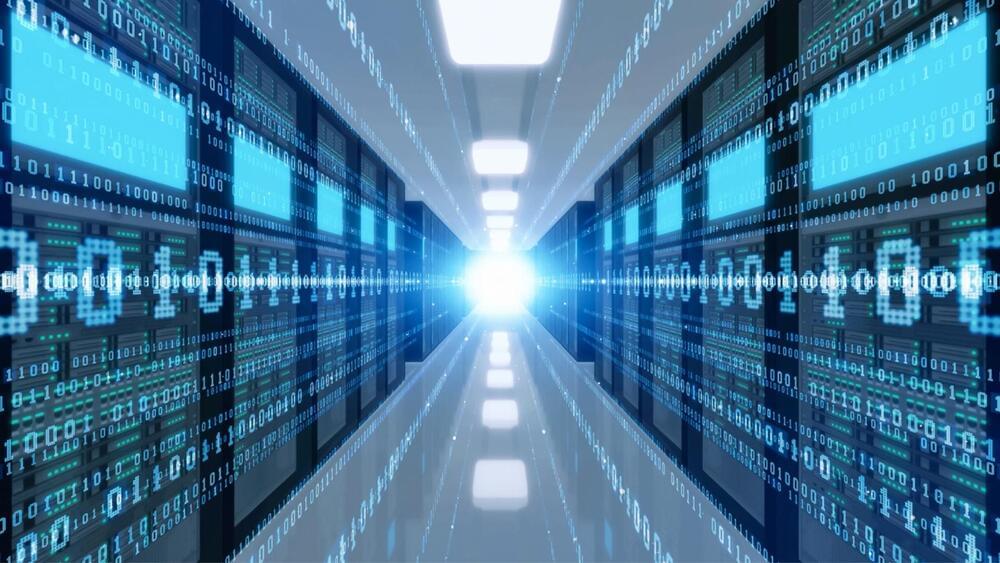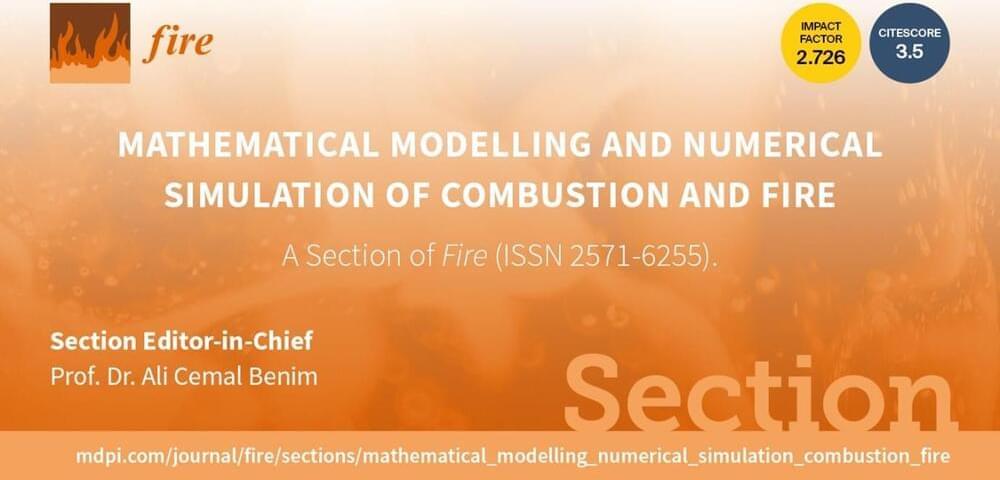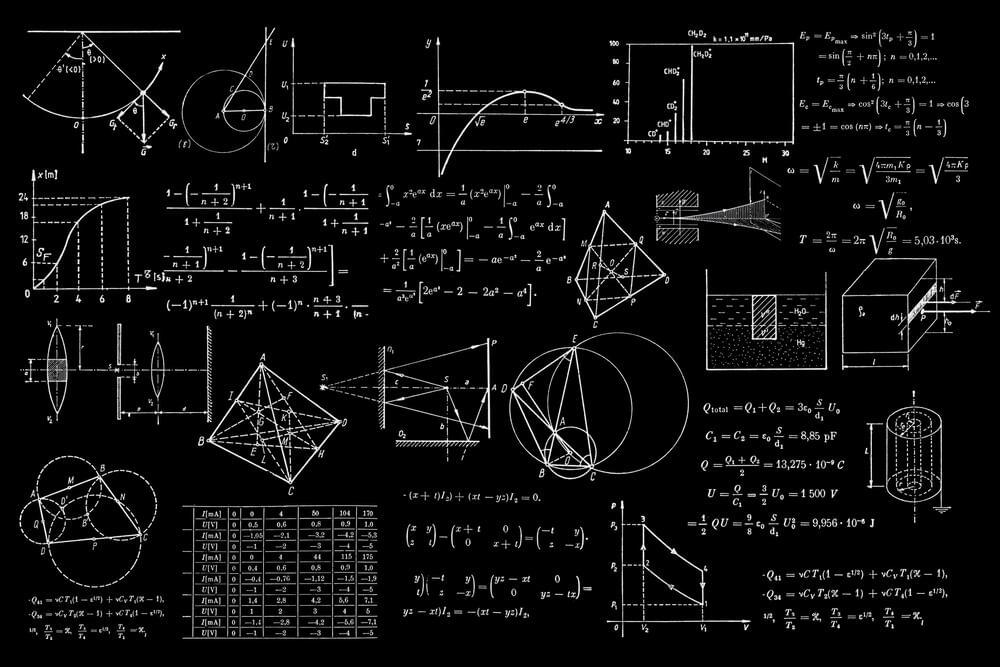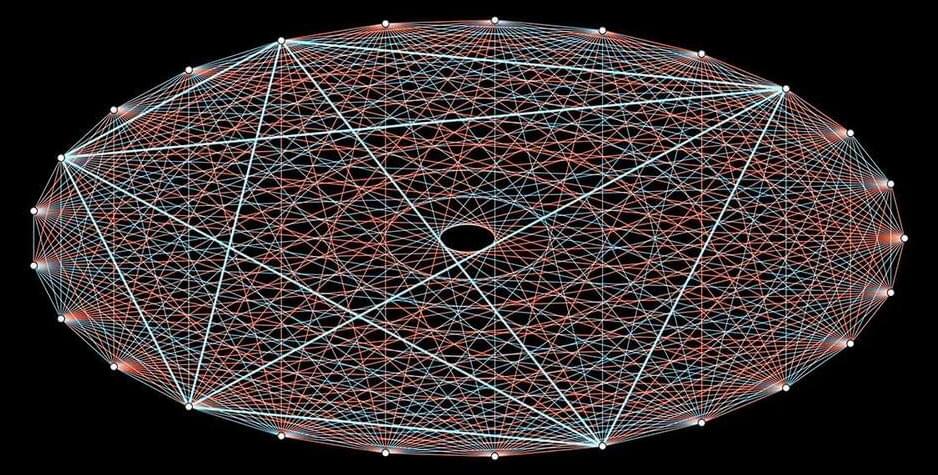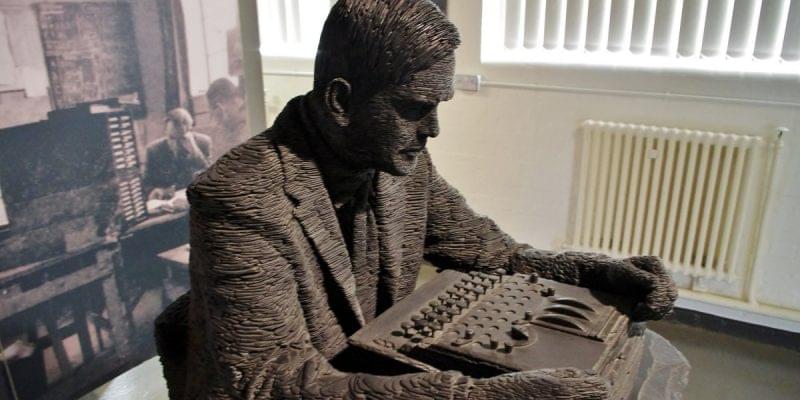Jul 2, 2023
We’re on the brink of the biggest changes to computing’s DNA and it’s not just quantum that’s coming
Posted by Jose Ruben Rodriguez Fuentes in categories: biotech/medical, computing, mathematics, quantum physics
Computers are built around logic: performing mathematical operations using circuits. Logic is built around things such as Adders—not the snake; the basic circuit that adds together two numbers. This is as true of today’s microprocessors as all those going back to the very beginning of computing history. You could go back to an abacus and find that, at some fundamental level, it does the same thing as your shiny gaming PC. It’s just much, much less capable.
Nowadays, processors can do a lot of mathematical calculations using any number of complex circuits in a single clock. And a lot more than just add two numbers together, too. But to get to your shiny new gaming CPU, there has been a process of iterating on the classical computers that came before, going back centuries.
